Jig Saw 101: Learn the Basics of this Cool Tool!
Learn how to use a jig saw – a machine saw with a fine blade used to cut curved lines in wood, metal, or plastic. They are very versatile!
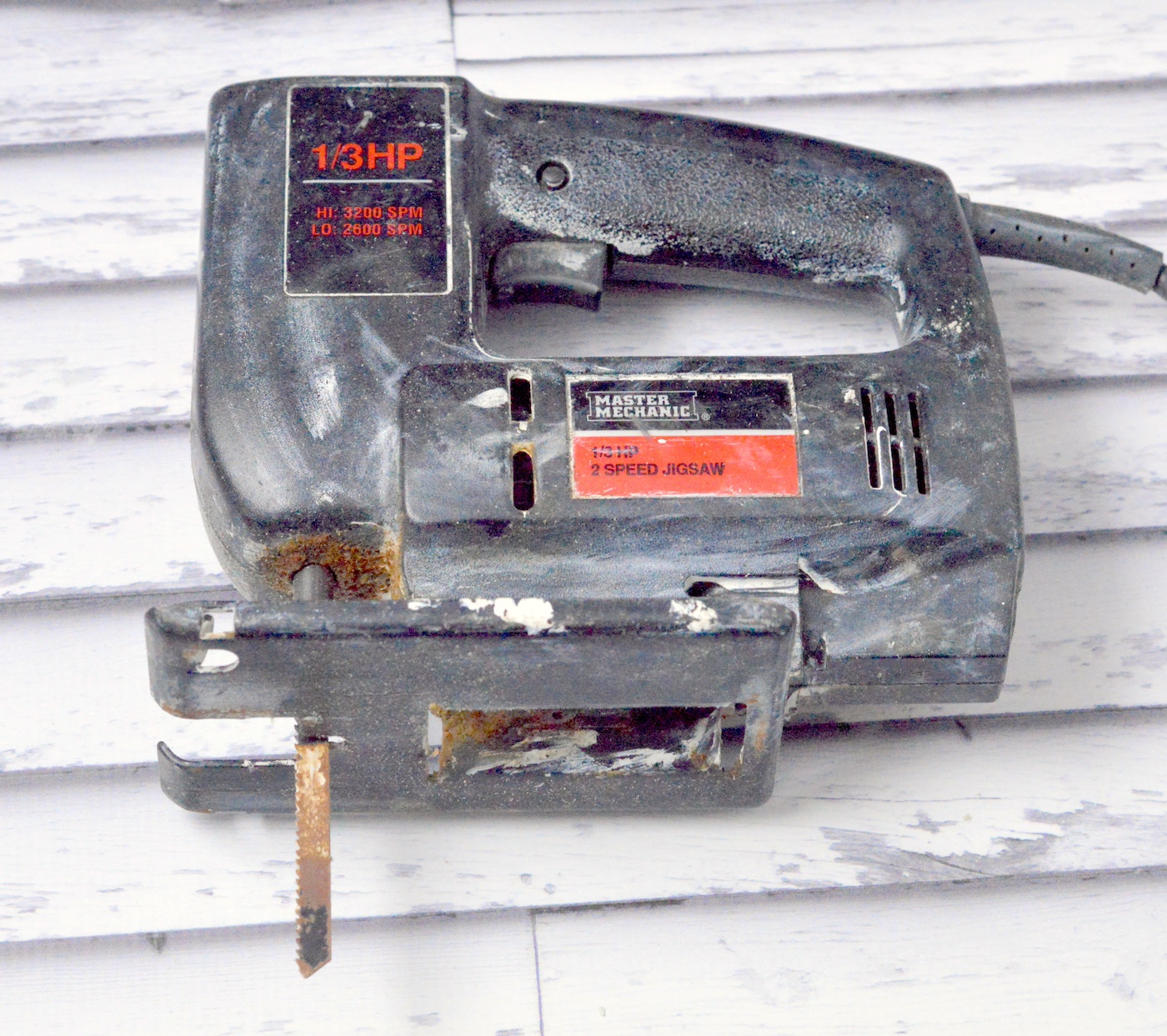
Have you heard of a jig saw? This versatile tool is basically a machine saw with a fine blade that enables it to cut curved lines in wood, metal, or plastic. It’s one of my favorite tools of all time!
This saw is most often used for cutting out shapes that require more detail than a straight or angled saw cut. Don’t be intimated though; the jig saw was made to make your job easier – using it is not as difficult as it may seem.
What is a Jig Saw?
The jig saw can be a useful tool for anybody who works with wood (or other materials) and wants to take it to the next level, or for small home projects.
Jig saws are relatively inexpensive compared to its other saw brothers and sisters. You can get one for as low as around $100. It does depend on whether you mind corded or you want cordless.
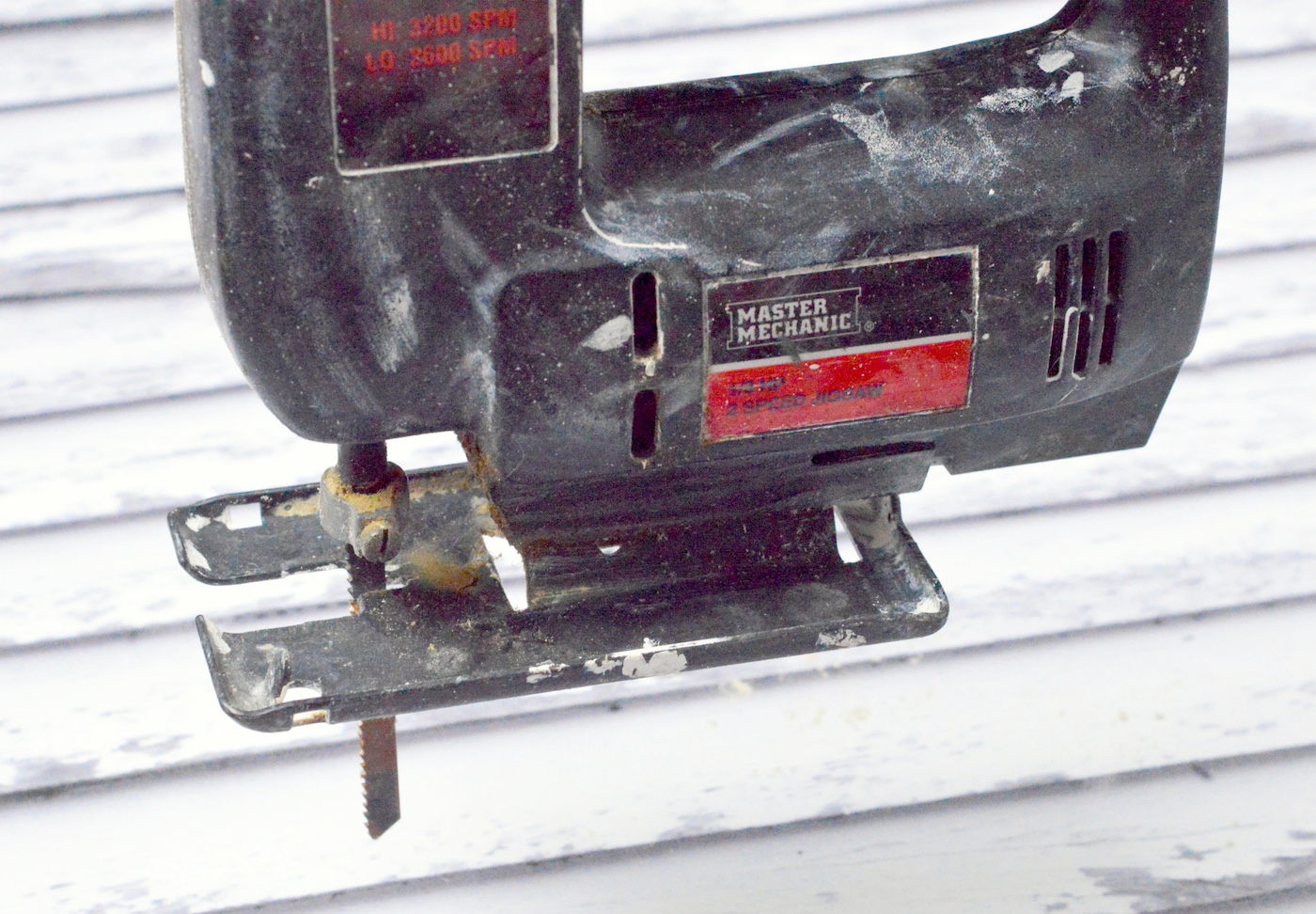
A jig saw basically looks like a large square with a handle and a blade. They’re not very heavy which adds to their ease of use. I have puny arms so imagine if the jigsaw were heavier . . . there would be no way I would be able to hold it up long enough to cut anything!
What is a Jig Saw Used For?
Typically it’s best if you have some sort of line to follow when cutting with any saw, right? The same goes for a jigsaw. It can cut pretty much any shape you need, but you are the one guiding the jig saw to cut that shape.
In other words, unless you’re a mad freehand artist, you’ll want to have your shape drawn out in pencil or something similar in order to get the best results.
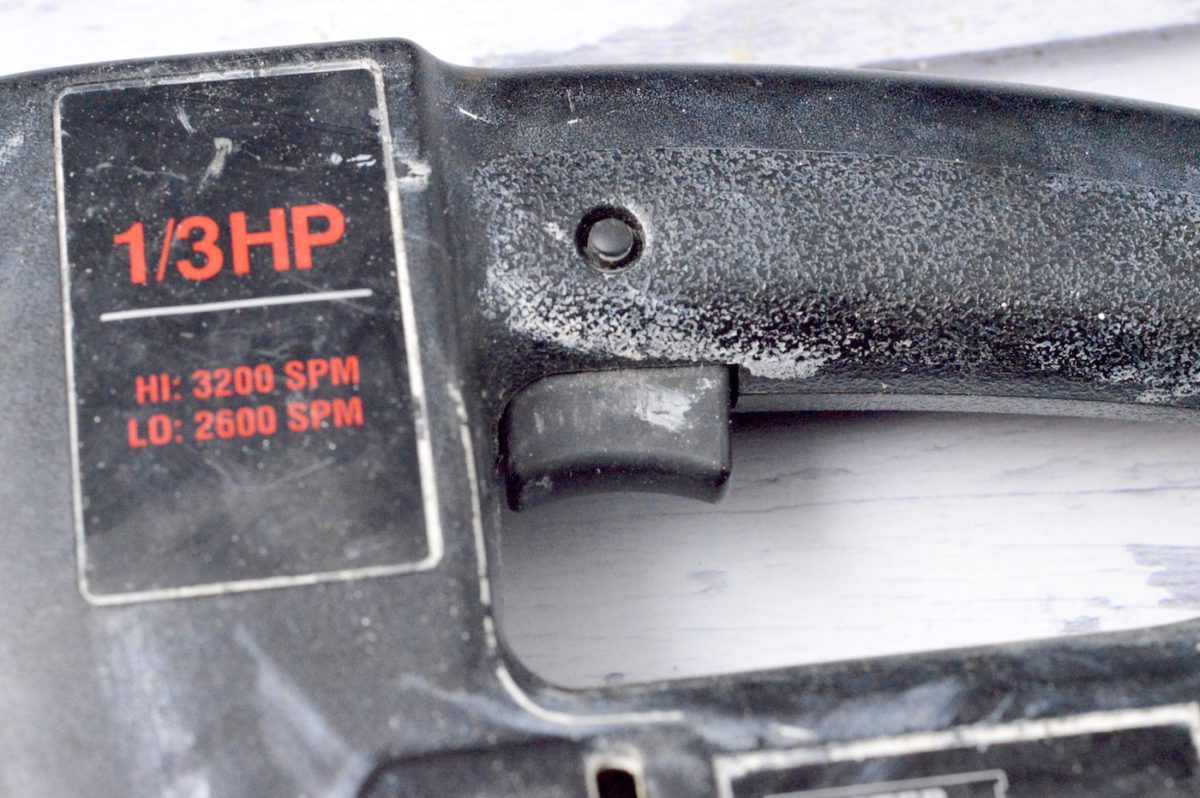
Parts of a Jig Saw
Moving onto the anatomy: under the handle there is a button called the “trigger.” This means that even if you have the saw plugged in, it won’t turn on until you press that trigger.
If you plug in your saw, be careful as you lay it down because the trigger can be engaged, causing the blade to begin moving.
I’m sure all of us love our fingers and limbs, so be sure to unplug the saw if you need to lay it down! Jig saws are more commonly electrical but can also come in battery powered form.
The battery powered ones may come with a safety switch, but you will need to check your brand and model to be sure.

The jig saw blade is obviously the most important part of the tool, and it should not need to be changed very often. However if it ever needs to be changed, check your manual for the exact instructions on how to change out the blade since each brand and model vary.
The one shown in my photos has a screw near the blade that has to be loosened in order for it to be removed. Once removed, slip the new blade in and tighten the screw again.
Newer models simply have a “push-pull” method – a button you can hold down to remove the blade. Do you have questions on which blade to buy? Not all jig saw blades are created equal! Find an amazing guide here.

When using the saw, make sure the wood you’re cutting is secure and unable to wiggle around. The steps are simple:
Press Saw Shoe to the Wood
Press your saw shoe to the wood – the saw shoe is the metal guide around the blade – with a firm grip and the blade away from the edge. There is a cutout section in the guard near the blade so that you can see the line you’re cutting.
Guide Blade Along Pencil Line
Start the saw and guide the blade along the outside of your pencil line. Keep the saw going at a moderate pace; let the blade cut smoothly without pushing the motor.
If you go too fast, you risk making a rough cut and the blade jumping around which can be dangerous. Slow and steady gets the best cut. Prevent the saw blade from binding on tight curves by using relief cuts to remove waste.
Keep Saw Straight and Flat
Keep the saw straight and flat, letting the metal guard glide along the piece you are cutting. Jig saw blades can tend to bend, so make sure with thicker pieces of wood that your blade is very sharp.
Note that a jig saw work best for cutting softwood that’s no more than 1-1/2 in. thick and hardwood up to 3/4 in. thick.
Drill a Hole or Plunge to Start in the Middle
If you are starting in the middle of the wood, I recommend drilling a hole to give you a place to start your blade. You can also try a plunge cut technique (video here) once you get a little more experience.
Important: read the instructions for your specific tool! Safety is key, and you are safest when you know your power tool inside and out!
If you enjoyed this power tool education, I’d love for you to check out these other posts:



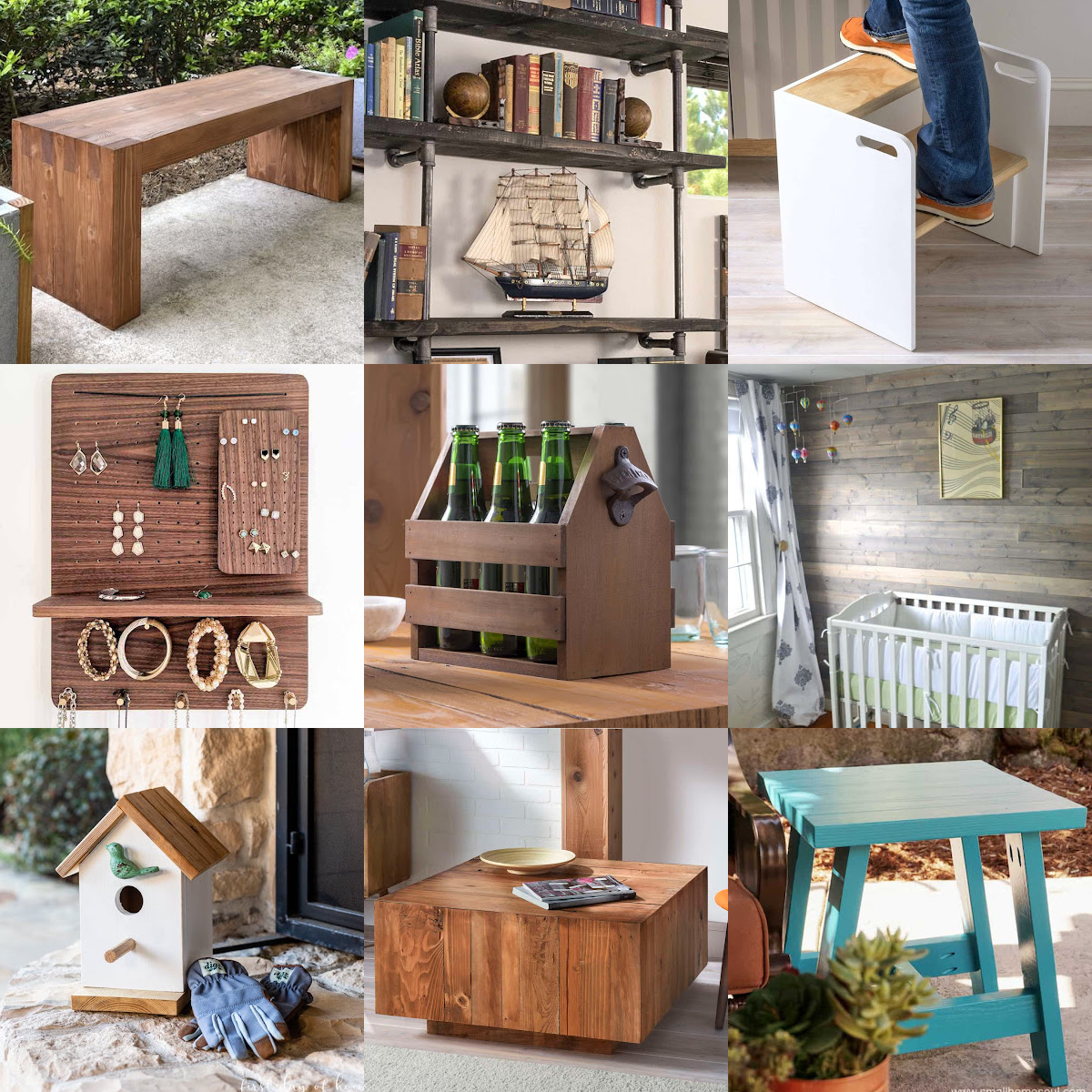
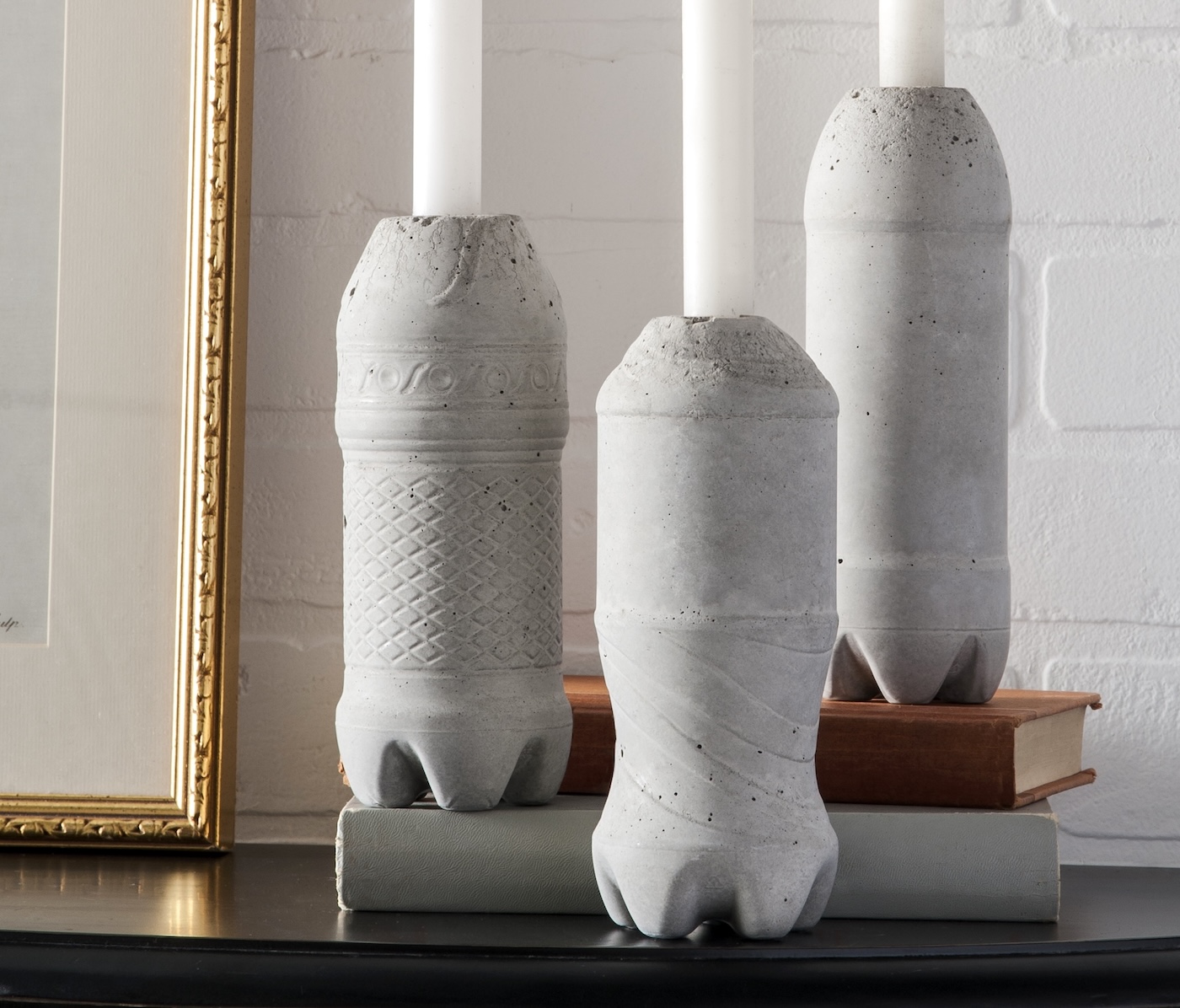


Hi and thanks for this awesome guide. For someone who isn’t very conversant with using saws, what type of saw would you advice such a person to go for? This is for clearing bushes and occasional trees in the backyard.
i have this old model , i want to get the right blades , what should i look for? thank you